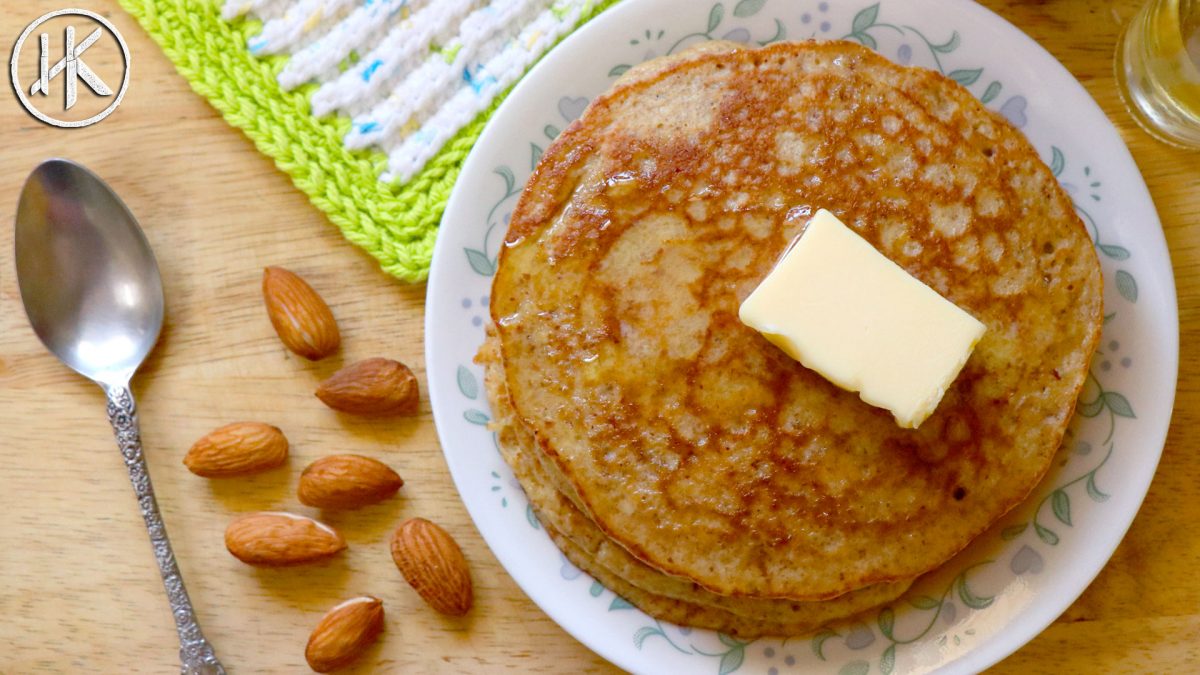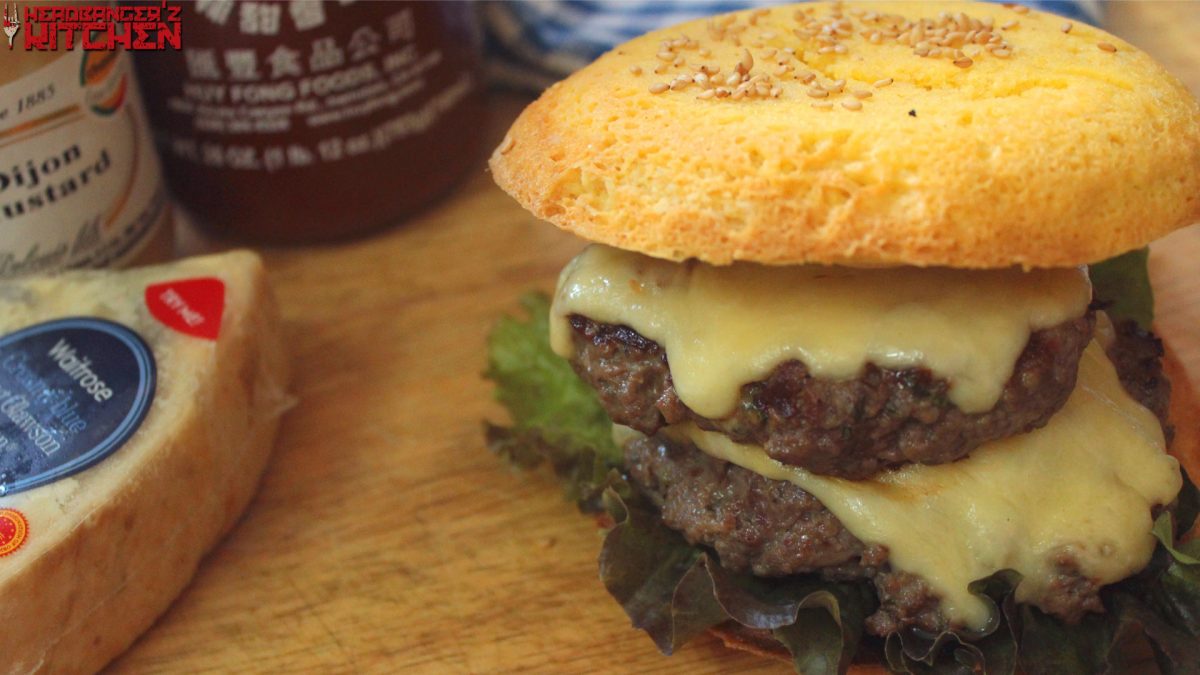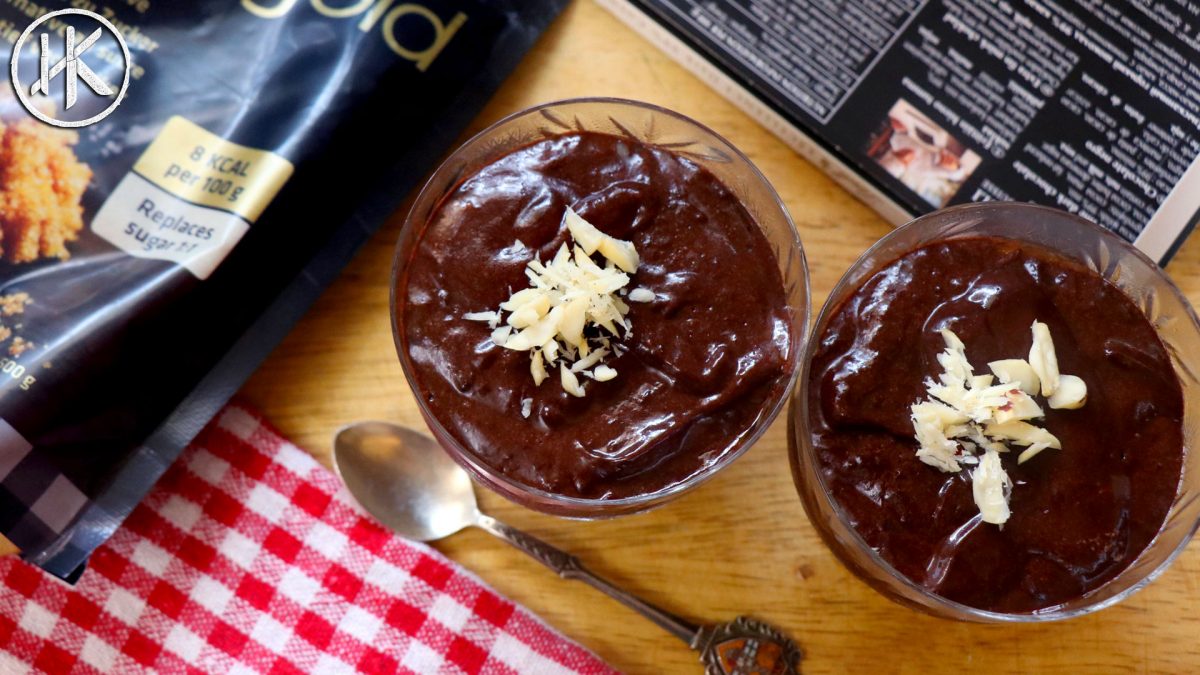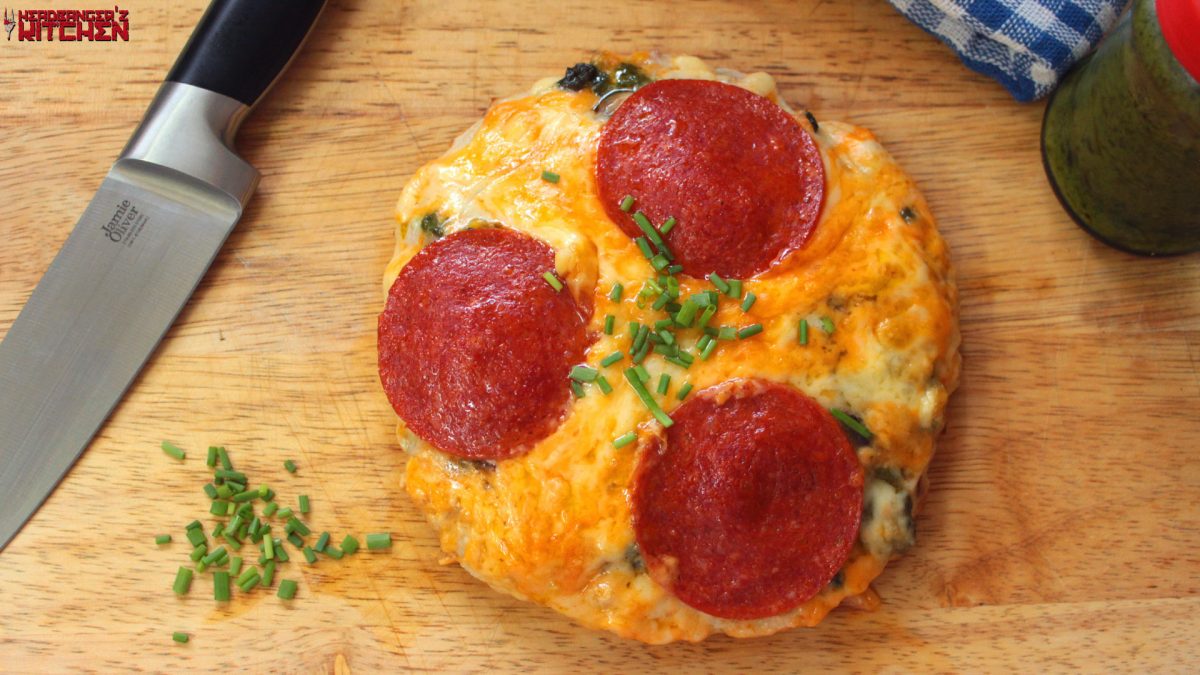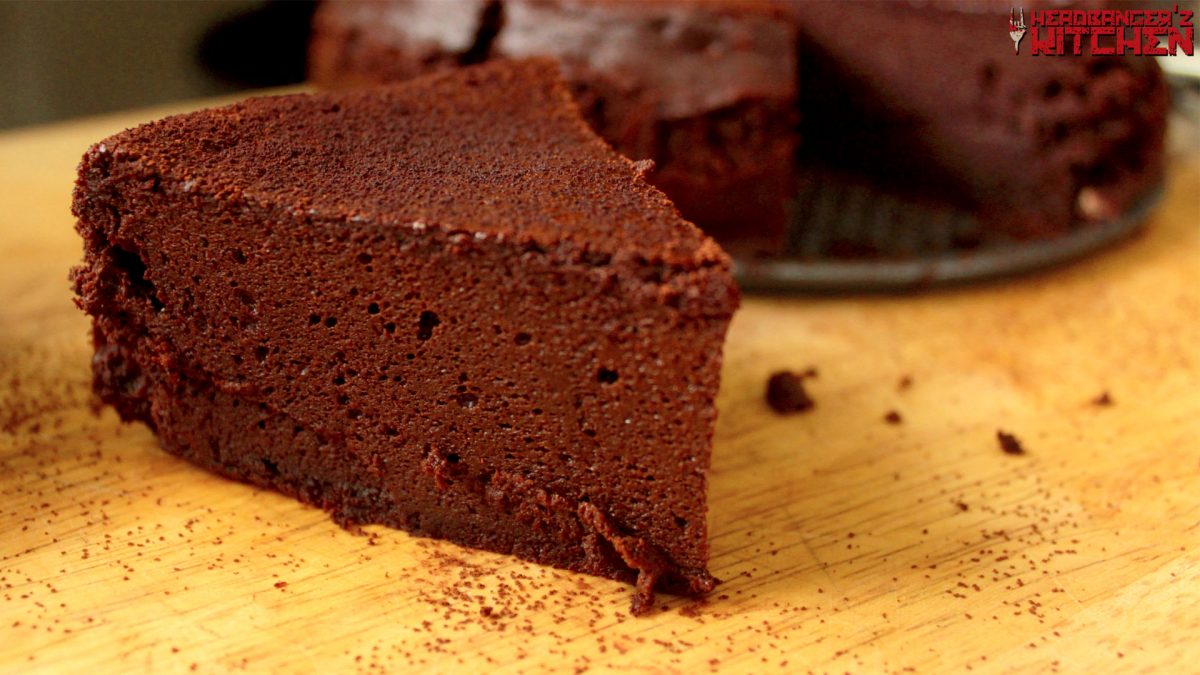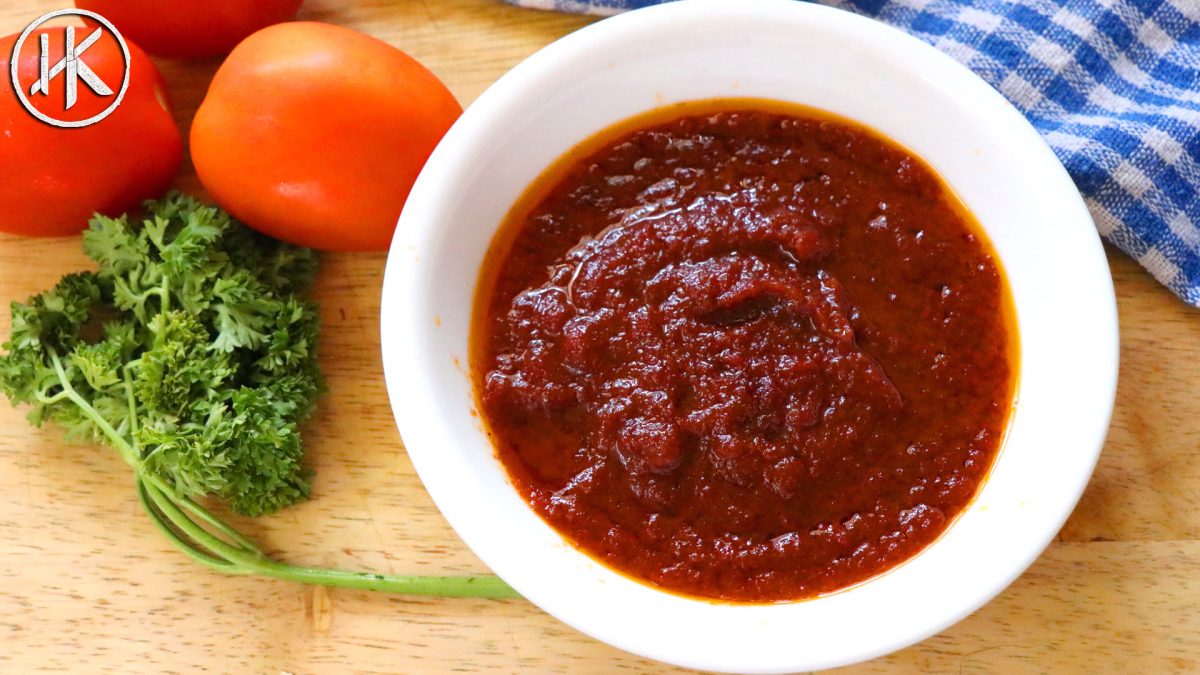Pandra Rassa
Bring the flavors of Kolhapur to your kitchen with Pandra Rassa. This easy-to-make, creamy curry is infused with a blend of aromatic spices and is ready in under an hour.

Step by Step Video Instructions
History
The history of Pandra Rassa is deeply rooted in the culinary traditions of Kolhapur, a region in Maharashtra, India. This area, known for its warrior race, had diets heavily centered around meat, often from hunting wild animals like boars and deer. Their cuisine was richly flavored with local spices like lavangi mirchis (a type of chili), pepper, onion, garlic, and dry coconut.
Pandra Rassa, which translates to “white gravy” in Marathi, is a notable exception in Kolhapuri cuisine, which is typically known for its high spice and heat levels. This dish, resembling a shorba or stew, is milder and often served as an appetizer or with rotis and bhakris. It is believed to have originated from the royal kitchens of Kolhapur and is characterized by its use of coconut milk, cashews, and poppy seeds.
The inclusion of poppy seeds, known for their sleep-inducing properties, leads to some speculation that the dish was designed to promote relaxation and good sleep, especially after royal feasts.
Ingredient Notes
- Chicken Legs: I used chicken legs as dark meat remains tender better when simmering, and the bones add richness to the Pandra Rassa.
- Poppy Seeds, Cashew Nuts, and Fresh Coconut: Used for making the paste that thickens and enriches the curry.
- Spices: A blend of green cardamom pods, cinnamon, bay leaves, black cardamom pods, cumin seeds, and black peppercorns. These spices collectively impart a deep, aromatic flavor to the dish.
- Coconut Milk: Adds creaminess and a subtle sweetness, balancing the robust spices.
- Ghee/Oil: Ghee adds a rich, buttery flavor to the recipe; however, if unavailable you can use a natural oil like canola or sunflower oil.
- Cilantro Leaves: Fresh cilantro is sprinkled on top before serving, offering a burst of freshness and color
- Salt and Sugar: Salt enhances the overall flavors, and a pinch of sugar balances the spice mix.
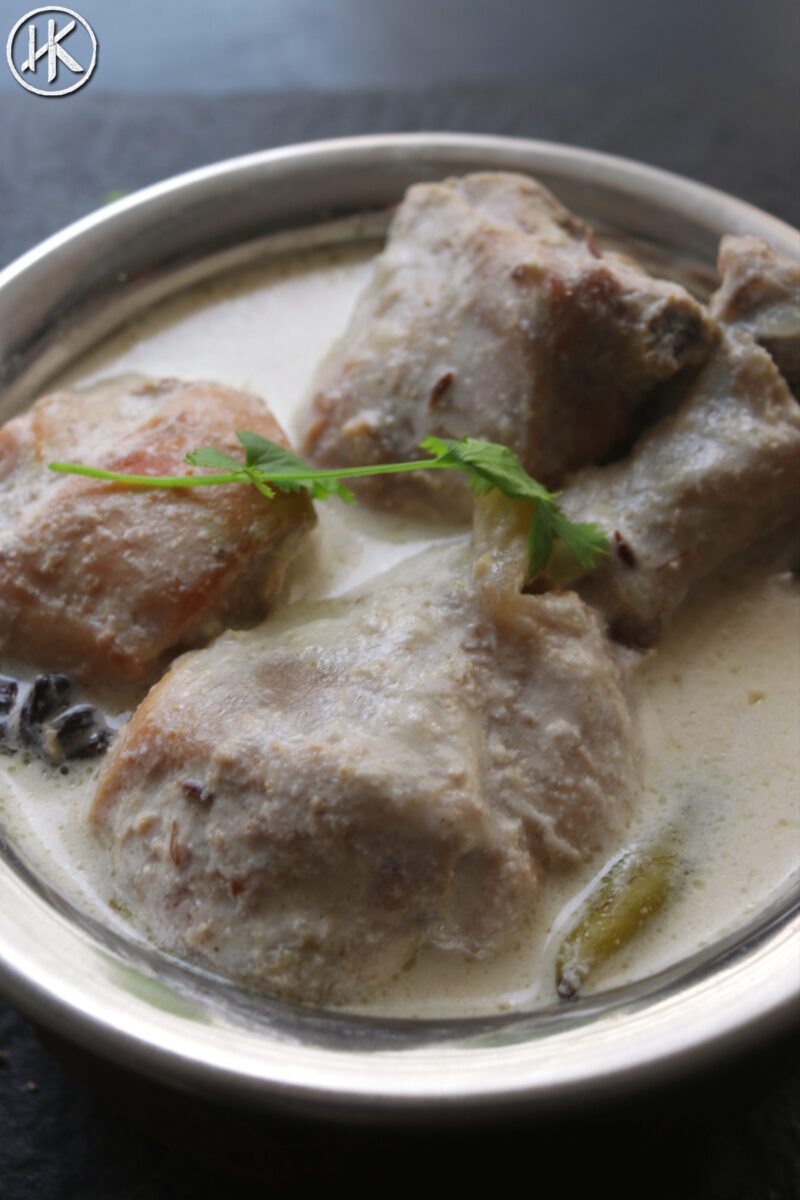
Expert Tips
Sauteing the Spices: Begin by gently heating the spices (cardamom, cinnamon, bay leaves, cumin seeds, and black peppercorns) in ghee or oil. The key is to cook them just until they become fragrant, which usually takes a handful of seconds. Overcooking the spices can lead to a bitter taste, so watch them closely.
Adjusting Consistency with Water: If the curry becomes too thick during simmering, gradually mix in small amounts of boiling water.
Low and Slow Cooking: After adding the chicken, cook the curry on a low simmer. This gentle cooking method ensures that the chicken has time to absorb the flavors from the spices before being fully cooked.
Final Taste Test: Before serving, do a final taste test and adjust the seasoning if necessary. Depending on your preference, you might want to add a bit more salt or a pinch of sugar.
Storage and Leftovers
Place any leftover Pandra Rassa in an airtight container. Store the curry in the refrigerator, where it will remain good for up to 3 days. The flavors often intensify over time, making the dish even more flavorful after being stored.
To reheat, transfer the desired amount of curry to a saucepan. Warm it over low to medium heat. If the curry has thickened in the fridge, add a small amount of water, stirring gently, to bring it back to its original consistency. Heat it until it’s thoroughly hot and serve.
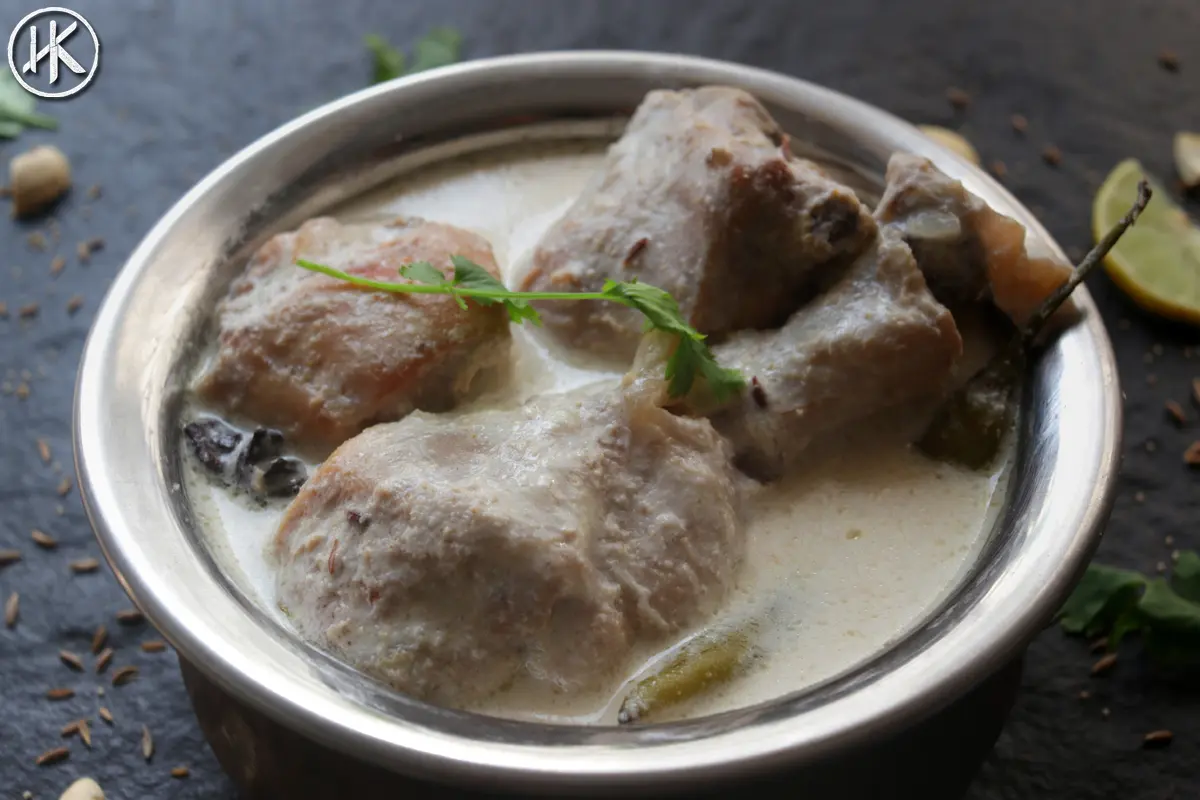
FAQs
Pandra Rassa is traditionally served with a side of fluffy, steamed basmati rice or Indian bread like naan, roti, or bhakri.
For no heat, simply omit the chili. For a mild version, add a small or less spicy chili. For those who enjoy more heat, incorporating a hotter variety of chili will significantly increase the spiciness.
More Recipes You May Like:
- Indian Curry (Chicken Curry)
- Fish Moilee (South Indian Fish Curry)
- Indian Ground Beef Recipe (Kheema Pav)
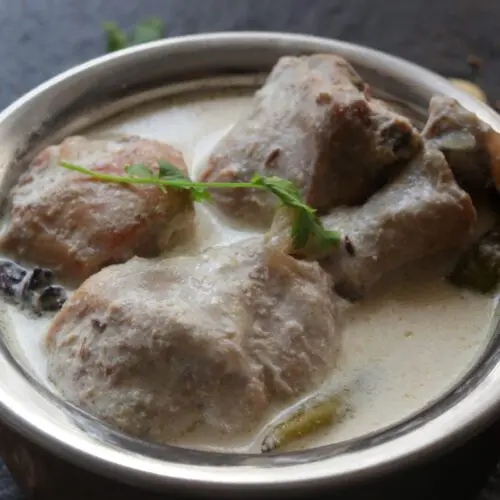
Pandra Rassa
Ingredients
For the Paste:
- 30 g white poppy seeds khus khus
- 30 g cashew nuts
- 75 g fresh coconut grated
- Water as needed to form a smooth paste
For the Rassa:
- 1 Kg chicken cut into pieces
- Ghee or oil for cooking
- 200 ml coconut milk
- 2-3 green cardamom pods
- 1- inch piece of cinnamon
- 1-2 bay leaves
- 2 black cardamom pods
- 1 tsp cumin seeds
- ½ tsp black peppercorns
- 75 g onions finely sliced
- 2 tsp ginger garlic paste
- 1 chili
- 1 tsp salt or to taste
- sugar to taste
- Cilantro leaves for garnish
Instructions
Prepare the Paste:
- Soak the cashews and white poppy seeds in a bowl for 10 to 15 minutes.
- In a grinder or small blender, add the soaked mixture and grated coconut. Grind to a fine, smooth paste, adding water as necessary.
Cook the Rassa:
- In a large pot or Karai, heat ghee over medium heat. Add cumin seeds, cinnamon, green cardamom, black cardamom, bay leaves, and black peppercorns. Sauté until aromatic.
- Add onions, chili and ginger garlic paste; sauté until onions are softened.
- Add the chicken pieces, season with salt, and sauté until fully seared.
- Pour in boiling water until the chicken is covered, and reduce heat to a simmer, cover, and cook for 10 to 15 minutes.
- Stir in the prepared cashew and coconut paste and coconut milk. Continue to simmer for an additional 5 minutes or until the chicken is thoroughly cooked. Adjust seasoning with salt and a pinch of sugar, and consistency with water if needed.
- Garnish with cilantro leaves and serve hot.

